
Video by Sean Cunningham for the KLRU Public Television series Docubloggers

“We’ll chase the cats.
” ‘N watch the bats.
“Do yoga on mats.
“Eat pizza till the sun comes up…”
I had to quote from the Ray Benson song My Name is Nacho because it’s so singable (and so Austin — especially the watch the bats and do yoga on mats part… Well, the eat pizza till the sun comes up part, too — it’s a college town, after all.)
Emma Virjan, the author-illustrator of Nacho the Party Pup is a hit with the baby board book set ,as well as with any of us who know her.
She hangs out with our Austin chapter of the Society of Children’s Book Writers and Illustrators (SCBWI) – when she’s not behind her drawing board meeting deadlines. As she explains in the video, she has her own design agency.
Emma had been dreaming and doodling around with her Nacho puppy character since 1995, telling herself stories about him, putting him on greeting cards, making piles of drawings of him having adventures in various settings. Back in the fall, Random House Children’s Book Division published the first book version.
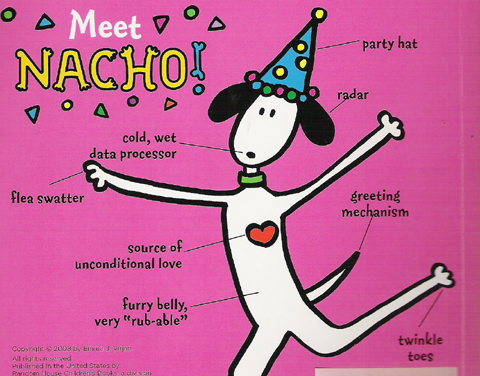
It’s a board book that sparkles not only with real sparkles on the cover, but with a sly, creative humor that would tickle most party animals of any age. It also features bright colors and flaps that you can open to check out what’s behind them.
Random House will bring out ”volume #2″, Nacho the Downward Dog (in which Nacho learns yoga –what else?) next fall.
Since the release of Nacho the Party Puppy, Emma has been delighting young and old audiences at schools and bookstores, as you can see from the video.
I had the privilege of seeing her interact with the kids at Bookpeople (actually the same signing event in this video.) I can tell you it was quite a party. Three year olds were dancing in the aisles. The rest of us were wearing little white party hats that Nacho had cut out for us the night before.
On Nacho’s website you can hear his song sung by Asleep at the Wheel’s Ray Benson ( a fan). You can also see some fun animations them and read Nacho’s interview with Emma. Truly you don’t want to miss getting on Nacho’s birthday mailing list, so let me give you the URL, too, for your address records: www.nachothedog.com
Fun as it was, Nacho’s interview with Emma didn’t answer quite all of my technical process and philosphical questions, so I conducted my own with her. (Nacho didn’t mind. He gave me a paw high five and said, ‘Go for it!” )

Okay, so here here we go:
One would expect a dog named Nacho to be a Chihuahua and yet…he is a beagle. A bit like Snoopy in “Peanuts” – but a more of a frat boy. He’s in the middle of the action.
He does have beagle features, but you know, I don’t really think of him as one. He’s more of a mixed breed. I didn’t start out to draw any one particular kind of dog. He just sort of appeared on the page the way he is and I stuck with it.
Did you have a Nacho puppy in your life at one time? You”ve always loved dogs — but does Nacho represent all dogs to you ( if you were forced to typecast?)
I am definitely a dog person and have always been drawing dogs. All the dogs I’ve lived with with — Nippy (né Napolean). Toby ( né Tobias), Yum-yum ( was 7 when I named him) Charlie, aka Carliotos, Maddie — all had a hand in helping Nacho come to be.
I think he’s always been there, it just took time to get him into his current manifestation.
In 1995, I was taking creative writing classes at Parsons. I lived in Connecticut, so getting to NY was easy. I was taking a writing class that was designed specifically for visual artists and designers.
Nacho was born in that class. But he wasn’t part of an assignment. We weren’t asked to create a character for a children’s book.
The class was filled with so many creative individuals, especially Esther Cohen,( http://www.esthercohen.com ) the writer who taught the class, that I was inspired to try all sorts of new things. Nacho magically appeared as a natural by product to the class.
If you had to describe Nacho in words on the back of your business card, could you do it? What would you (or he) say?
Nacho is a fun-loving, hat-wearing pooch, enjoying adventures and spreading laughter wherever he goes. At least that’s what I want him to portray. Hopefully that comes across in the drawings and stories. 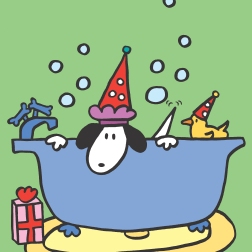
Does Nacho really eat cheese?
He loves all types except Lindberger. Too stinky. He enjoys cheddar cheese on crackers and feta cheese with olives. He thinks Gruyere makes the best grilled cheese. He sometimes makes his own mozzarella and eats it with tomatoes and basil.
You told me quite a story one time last year about how you got your foot in the Random House door with this book. Didn’t it actually involve making an in-person pitch to an editor (or was it several people?) at the N.Y. offices? A pitch session for a baby board book! That was an amazing story to me — and I’ll always admire your nerves of steel.
It all goes back to Esther Cohen, mentioned earlier. She was over the top about Nacho and so she was one of the recipients of the Nacho greeting cards.
Somewhere at the beginning of 2005, I think it was, she said that he looked fresher and better than he ever looked and that I should show him to Edite Kroll, the woman who is now my agent. I didn’t have full manuscripts though, just drawings. Esther said to show them to Edite just the same.
Edite helped me narrow down what I had into manuscripts with drawings. I put together a package for her and she sent it off to Kate Klimo (also mentioned above) for her review.
It just so happened that in May of 2005, shortly after I had sent the comps, I was in NY. Edite asked me if I wanted to meet with Kate while I was there and I said yes, of course. That’s the right answer.
Edite teed up the meeting as a “go and pitch Nacho in general” meeting. I wasn’t pitching one book over the other. I thought I was going in to do just that, pitch Nacho a little more, which I did.
Kate had liked what she saw of Nacho in the younger age group, the board book age, and offered me a two book contract. I’m still in shock.
I never expected an offer in that meeting, much less an offer for two books.I had never planned for Nacho to start in that young of a group. I see him as much older. But I was (and still am ) willing to see where/how he goes and grows in that market.
I think it brings up a great point – that even children’s book illustrators or author-illustrators have to be fearless salespeople, and be ready to take massive action to make their projects a reality.
They must take the fates of their projects into their own hands. Do you agree? Is it important for even picture book author/illustrators to have “elevator pitches” prepared about their characters and/or stories?
Yes. A character and/or story is a brand, after all, and all brands need to have their elevator pitch, the one to three things that defines them. I’ve worked in advertising most of my career and I work with clients all the time about creating their product’s elevator pitch. What’s been interesting to me is to be in a position where I have to practice what I preach regarding Nacho. It’s been hard at times because he’s personal.
Have you always had this chutzpah in you — or did you just manufacture it in yourself because Nacho was important to you?
I think it goes to what you said above about taking action and being fearless. I think it takes a whole lot of c-c-c-c-ourage, as the Cowardly Lion would say.
There are those artists that are perfectly ok with showing you all of their work and then there are those that are shy about it. I fall into the latter category, so when I do show it, I end up feeling a bit vulnerable. In that state, it’s hard to pitch my character. It’s definitely a growing edge for me.
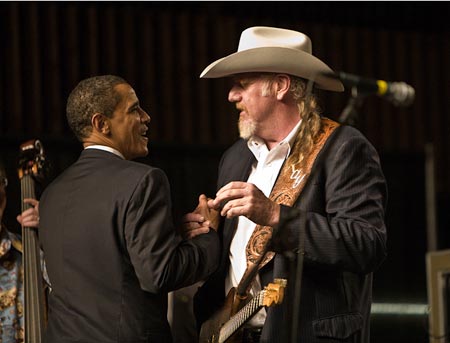
You got Ray Benson of “Asleep at the Wheel” to write a birthday song for Nacho, which you are now using in your promotion — and you guys didn’t even know each other. (Actually, I realize that it was Nacho who wrote the initial letter. He must be quite good.)
When I was creating Nacho’s web site, I wanted a song for the Nacho Unleashed page. That’s the page where I show a ton of images of Nacho outside of the book illustrations. I tried to write the song myself, but I am neither Rodgers nor Hammerstein. Sitting around with a group of friends one evening, they asked what they could do to help promote Nacho.
I shared with them that I wanted a song. Talk turned to “Well there are so many artists in Austin. Try one here. Who would you want?”
Ray was my first choice. I love his voice and I love his music. As it turned out, one of my friends knows a real good friend of Ray’s.
So Nacho sat down and wrote a letter to Ray that my friend gave to Ray’s friend.
In August, we got the call from his office that he was interested in doing it. We are still in shock that he said yes. But everything you’ve heard about Ray being a great guy is true. He’s super nice. He liked Nacho. He liked how I was going about promoting him and thought he’d take a chance.
I wanted a Nacho song that incorporates who Nacho is. So we gave Ray a list of characteristics about Nacho – wears hats, likes pizza, has a girlfriend named Holly Penyo, does yoga, etc,- and he turned around and hit it out of the park for us.
What was it like working on this book? Did you do a thumbnail storyboard, and then a dummy? Must a picture book author for young children have a sense of humor?
Working on the book was extreme fun…and a little anxiety producing. I can be a bit of a perfectionist and sometimes it can get in the way of actually creating. But for the most part, it was literally, a dream come true to work on it.
It all started with a few sketches of Nacho in birthday scenes. From there, I wrote the text. I did all the black and white sketches first and made a dummy.
The dummy went to RH for approval. Once the b&w dummy was approved, then I took the sketches in Photoshop and Illustrator and added color.
Yes, a sense of humor is a must for picture book authors.
Nacho the Party Puppy is a board book — but it is also like one of those sturdy, elaborate fold-out Birthday Cards —- and yet it is priced more affordably than most of those cards. Was this “Card quality” a deliberate direction you wanted to take, since you are — after all – a graphic designer? Have you made a lot of cards in your business?
I’ve always made my own greeting cards. I love to make them. Some of Nacho’s first manifestations were in greeting cards that I made for family and friends. Everyone kept responding well to him and would tell me, “You need to show these to someone.”
With that encouragement, I took Nacho from card fronts to little vignettes. I’d then write stories around the vignettes and that’s when he started shaping up.
I didn’t originally think of the flaps for the board book.
It was Kate Klimo, VP of Children’s Books at Random House (also my editor), who said, “What if the book had flaps? Where/How would you use them?”
That opened it up for me. My background as a graphic designer kicked in and I created the flaps. Then I worked with RH to figure out best places for them in terms of production.
Was it hard to create this book? Did it take you long to get it right?
It took a lot longer than I thought it would. As a graphic designer, I’m used to quick turnarounds and thought it would be the same for the book.
But because it’s personal work and not business, I would draw and redraw a scene more than I normally would until I thought it was right. (See above about being a perfectionist.)
I had a deadline and that helped. It forced me to stop noodling pages and get it done.
You’re also doing a lot of post-publication promotions of the book, lots of author-talks and appearances, especially with little 2 and 3 year olds in attendance. Do you feel this kind of activity is important for a children’s author?
Absolutely. Above all, it promotes books and reading. As groovy as the computer and the Internet are, books are still so important, at least in my mind. I know that I was influenced by authors who came to speak to me in school. It gave the books voice and made them real. Second, it promotes Nacho. It’s a great way to get Nacho introduced to a lot of people at once.
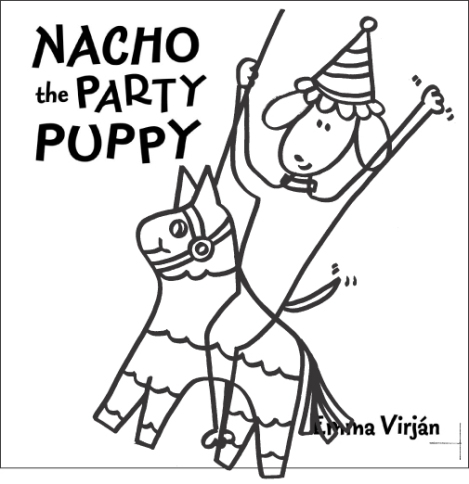
Do you draw Nacho on the computer?
All Things Nacho begin with a black Sharpie and tracing paper. Once I have the drawings to my liking, I scan them as bitmaps. The bitmaps are then placed in Illustrator, where I add text and color. I’ve toyed around with making the bitmaps vector images, but it kind of takes away the sketchy feel I get with the marker.
Have you always liked board books? If the answer is yes, is it the designer in you that likes them?
I like board books because you don’t have to be gentle with them. I like that they create a visual and tactile experience. AND the designer in me loves putting them together.
Nacho has a very cute web site that makes all kinds of sounds — and sends out Nacho e-greetings to children and adults on their birthdays. Did you always envision the website to go with the book?
The web site serves to promote three things; a. Nacho in general as a character, b. the books and c. my work as an illustrator. Soon there will be more things for kids to download – puzzles, word searches, etc. and some stuff that teachers can use in the classroom that feature Nacho. There will also be a poetry café, as Nacho fancies himself a poet.
Nacho interviews you on the site ’s About page.
But he never asked you about your “process” creating a picture book. Can you tell us just a bit about how that works for you?
Sometimes I start with drawings and then create the words and sometimes it’s the other way around. Most of the time I have ideas or phrases that eventually work themselves into full text for a book. There are drawings and more drawing and more drawings. The process for me involves a ton of drawings, which for me is the most fun.
And how’s the yoga book going? Is it hard to draw a dog in yoga postures?
Nacho the Downward Dog, complete with small flaps, is scheduled for release this September. It was my dog, Maddie, that inspired me to draw Nacho in yoga poses, especially downward dog. The pose for cow was a little difficult to get Nacho into, but it all worked out.
Thank you for the fantastic interview, Emma!
And congratulations on the success that I’m sure will continue with Nacho. (And congratulations to you, too, Nacho.)
Update – Check out another great interview with Emma just posted by Cynthia Leitich Smith in Cynsations, the cynsational children’s literature blog.
Before we close out with Nacho’s own video and Ray Benson’s (complete) party puppy Texas swing song, I wanted to mention two additions to our blog roll — artists Karien of South Africa and Marsha Riti of Austin. Illustrator-bloggers from different sides of the planet, welcome!







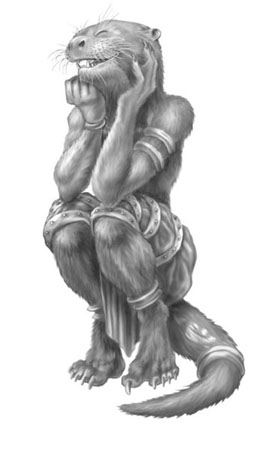





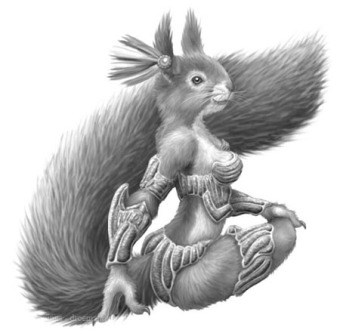
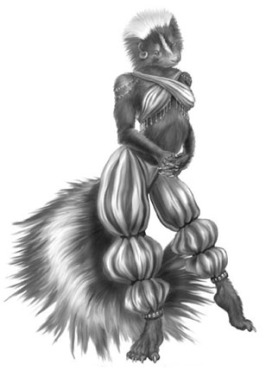
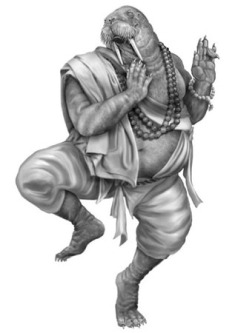
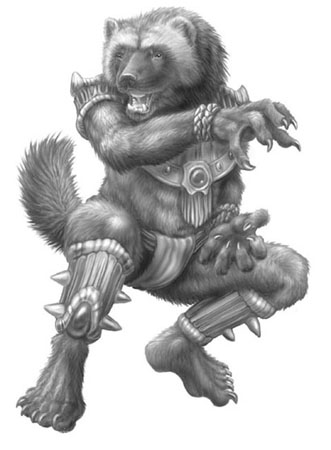












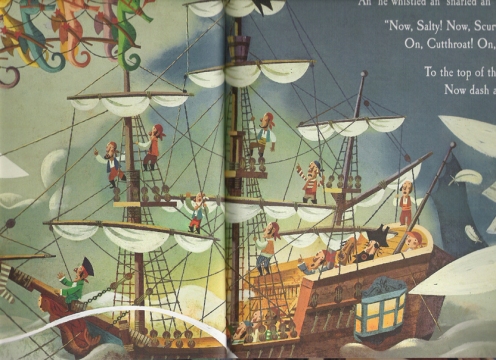







 Author:
Author:
[...] Interview and Splash Page By coyoteclockwork The totally awesome Mark Mitchell interviewed me about my Dardunah character art and attending ACC’s Video Game development classes. I daresay [...]